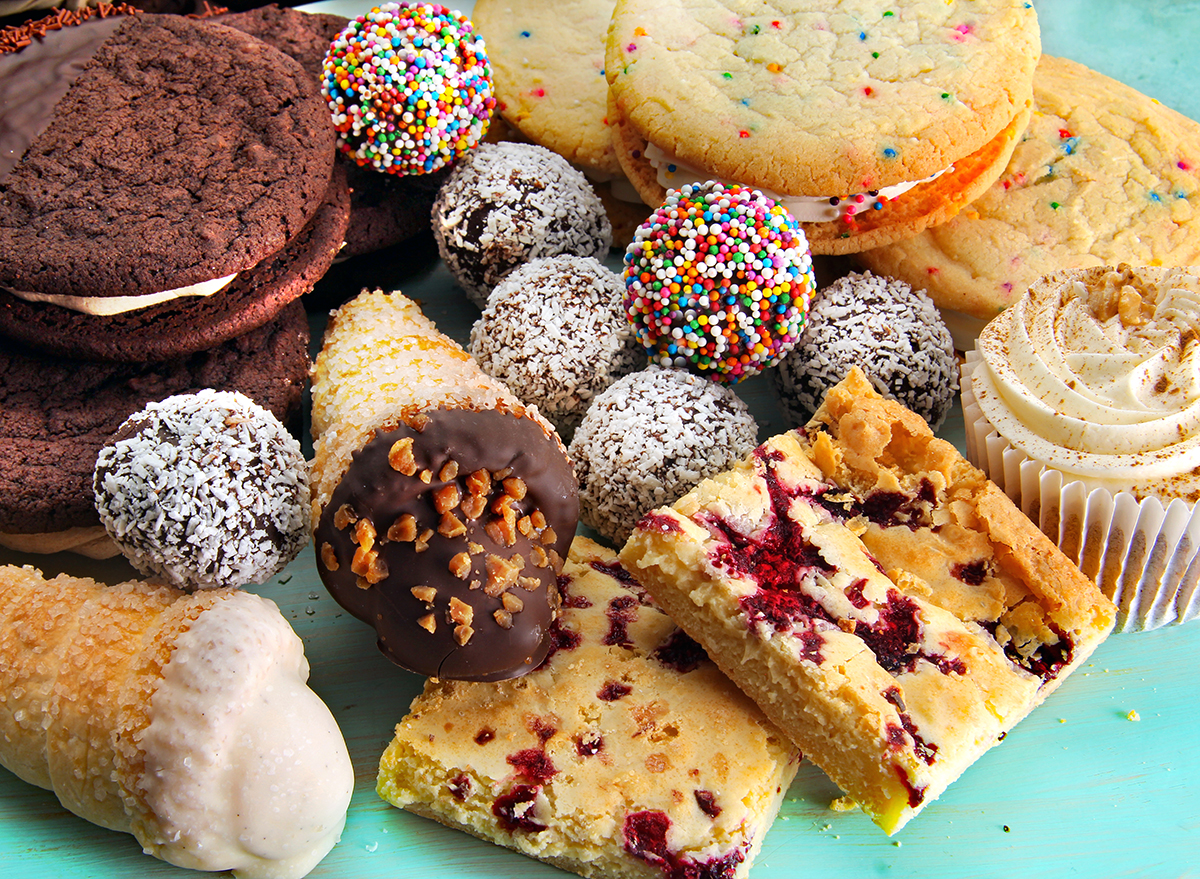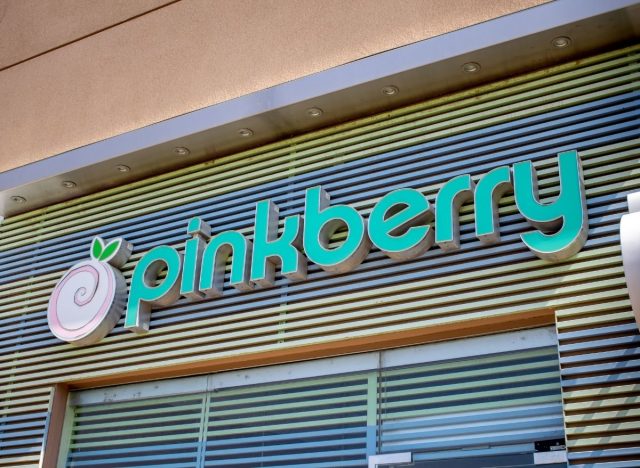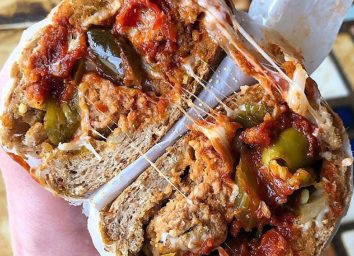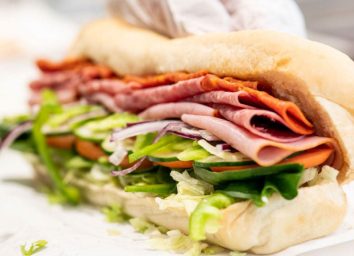This Beloved Dessert Chain Is Closing Locations Amid Declining Popularity

Not everything is easy in the Big Easy and selling frozen yogurt may be one of them. Come September, all the Pinkberry locations in New Orleans will close as its franchise owner decided not to renew his contract with the company. While it may be more difficult to find a cup of froyo post-Mardi Gras, Pinkberry’s closures in the city paint a larger portrait of the tart treat’s rapidly fading popularity.
As of 2021, the Los Angeles-based yogurt chain had 71 locations, nearly half of what it operated at its height. From 2014 to 2018 alone, Pinkberry lost 74 units. While the froyo trendsetter is credited with breaking into the business in 2005, many franchise owners have since struggled with the excessive competition that had started cropping up everywhere.
It’s not just Pinkberry either, other big-league froyo players like Menchie’s, Yogurtland, and SweetFrog have dropped in units in 2020, according to the International Frozen Yogurt Association. While the pandemic didn’t help frozen yogurt sales, the downward trend was apparent well before the onset of lockdown.

Chains like Yobe, Orange Leaf, and 16 Handles, joined the proliferation of the scene in the froyo boom of the 2010s, which saw stores more than double from 2009 to 2014. Most of these chains appeared as replicas of each other, featuring brightly colored interiors and multi-handle self-service, which left customers with an overabundance of homogenous frozen yogurt chains. In fact, during that time, Pinkberry served lawsuits to six different frozen yogurt shops for copycat branding.
During froyo’s boom, Paris Hilton and Lindsay Lohan were photographed with Pinkberry yogurt cups, showing even the biggest stars of the time dined on frozen yogurt. By 2012, there was a frozen yogurt shop on almost every corner that was sold as a “healthier” dessert option. The novelty of the self-serve and almost limitless topping options had customers coming in by the droves, allowing themselves the “good-for-you” treat more often. At its height, the fad for froyo felt unquenchable.
However, soon people become less convinced dessert was actually good for you, making them not as willing to seek it out over any other “treat.” Initially marketed as a “health food” at a time that probiotics in yogurt were being popularized, Pinkberry became stuck in a litigious dispute about whether the product had any live culture in it at all (the active ingredient in probiotics). Soon, a combination of “health fad” publicity and market saturation sent froyo out of favor and out of business. From 2000-to 2018 the U.S. production of ice cream and frozen yogurt went down by 47%, according to the USDA. By then, it was clear that the trend had started to wane.
Related: 4 Most Overpriced Fast-Food Chains, According to Customers
Eventually, by 2016 Halo Top and other lower-calorie alternative ice cream brands started to popularize as the “healthy” dessert options, edging frozen yogurt out. Other sweet treats like South Asian rolled ice cream soon became popular and then Boba tea. By 2020, far fewer frozen yogurt locations were left to tempt those looking for a treat.
While big brands like Pinkberry are seeing a decline from a falling in favor of froyo with the public, however, the International Frozen Yogurt Association has been reporting that smaller, health-conscious cafes and smaller shops have been finding success in the market which has become less saturated in swirled yogurt.
Hungry for more? Check out: Chipotle Is Working Hard On Launching This New Menu Option, CEO Says.









